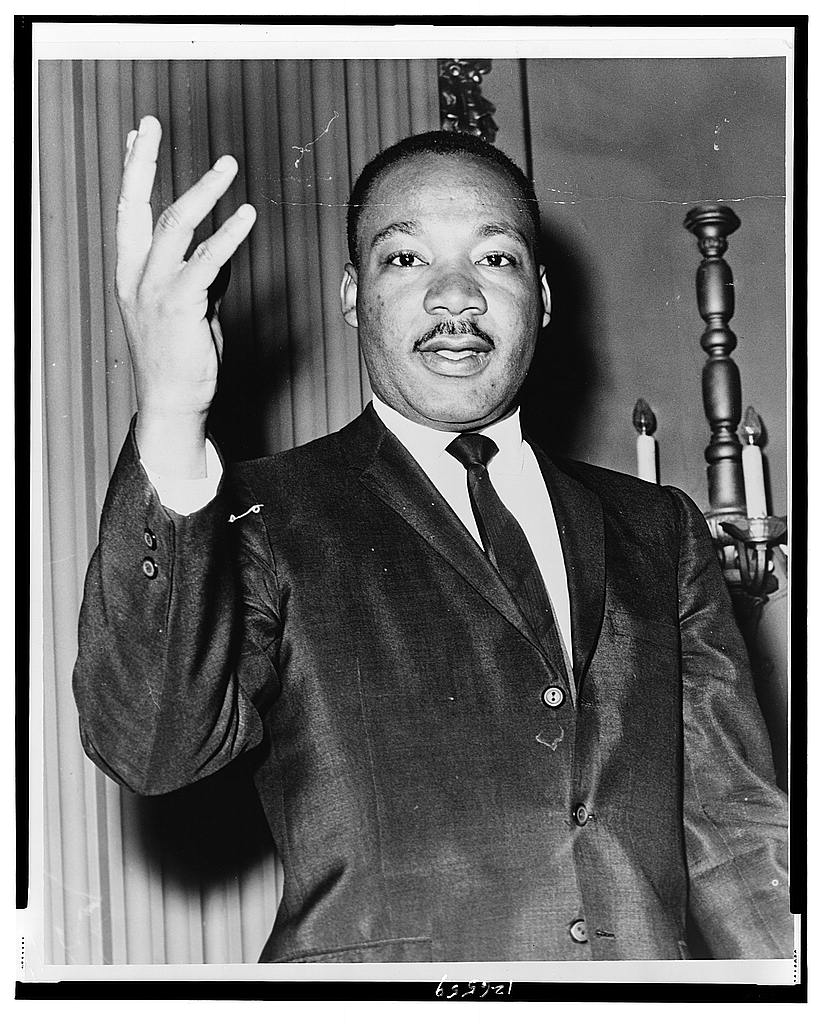
JANUARY 8, 1918
President Woodrow Wilson presented the Fourteen Points
President Woodrow Wilson presented his Fourteen Points, a statement of principles for peace negotiations to end World War I. In the speech, Wilson sought to break the Central Powers’ fighting will by promising a just peace that would guarantee national independence and self-determination for all peoples involved in the war. He also called for the establishment of an association of nations to guarantee the independence and territorial integrity of all nations — a League of Nations.

JANUARY 9, 1861
The Star of the West is fired upon
The first shots of the Civil War were fired on the Star of the West, an American civilian steamship hired by the U.S. government to transport military supplies to Fort Sumter. Weeks after South Carolina seceded from the United States, but before the other states had done so to form the Confederacy, the ship arrived at Charleston Harbor to resupply. The ship was fired upon by cadets from the Citadel Academy and was hit three times.

JANUARY 10, 1920
The Treaty of Versailles officially ends World War I
The Treaty of Versailles went into effect, officially ending World War I. It was signed on June 28, 1919, in the Palace of Versailles, exactly five years after the assassination of Archduke Franz Ferdinand, which led to the war. Initially, 70 delegates from 27 nations participated in the peace negotiations, however, not all nations were happy with the outcome. The treaty created resentment in Germany which was exploited by Adolf Hitler in his rise to power in Nazi Germany. Germans viewed the treaty as a humiliation and eagerly listened to Hitler’s promise to recover Germany’s lost territory and pride.

JANUARY 12-16, 1991
Congress authorizes military force in Iraq and Kuwait
Congress passed a joint resolution authorizing military force in Iraq and Kuwait. The Persian Gulf War was waged by coalition forces from 35 nations led by the United States against Iraq in response to Iraq’s invasion and annexation of Kuwait arising from oil pricing and production disputes. On January 15, Iraq ignored the UN’s deadline to withdrawal from Kuwait. And on January 16, President George H.W. Bush addressed the nation beginning the U.S. led coalition forces strikes at the beginning of Operation Desert Storm.

JANUARY 13, 1847
The Treaty of Cahuenga is signed, ending the fighting of the Mexican-American War
The Treaty of Cahuenga was signed ending the Mexican-American War and conquest of California. The treaty was drafted in both English and Spanish and signed by John C. Fremont of the American forces and Andres Pico of the Mexican forces. The treaty called for Californios to give up their artillery and provided that all prisoners be immediately freed. Those Californios who promised not to take up arms were allowed to return to their homes and become citizens of the United States.

JANUARY 17, 1995
Martin Luther King, Jr. Day and The National Day of Service
The National Day of Service was established on Martin Luther King, Jr. Day. Americans are encouraged to volunteer and improve their communities in honor of Dr. Kings life and legacy of peaceful protest against racial oppression. In 1964, at the age of 35, King became the youngest person to receive the Nobel Peace Prize. The campaign for a federal holiday in his honor began soon after his assassination in 1968. President Ronald Reagan signed the holiday into law in 1983, and it was first observed three years later.

JANUARY 25, 1945
“The greatest American battle of the war” ends
The Battle of the Bulge ended. What Winston Churchill called, “The greatest American battle of the war,” lasted six brutal weeks, starting on December 16, 1944. The assault, also called the Battle of the Ardennes, took place during frigid weather conditions, with some 30 German divisions attacking battle-fatigued American troops across 85 miles of the densely wooded Ardennes Forest. It was the third deadliest campaign undertaken by the United States Army to this day, with approximately 19,276 causalities.

Pictured here, a group of women in the barracks, in a photo taken by a Russian photographer shortly after the camp’s liberation.
JANUARY 27
International Holocaust Remembrance Day
International Holocaust Remembrance Day is an international memorial day designated by the United Nations to mark the January 27, 1945, liberation of Auschwitz-Birkenau, the largest Nazi concentration and death camp. The day also commemorates the killing of six million Jews and 11 million others by the Nazi regime and its collaborators.

JANUARY 28, 1915
Congress passed the Act to Create the Coast Guard
President Woodrow Wilson signed the Act to Create the Coast Guard. The act combined the Life-Saving Service and Revenue Cutter Service to form the Coast Guard.



